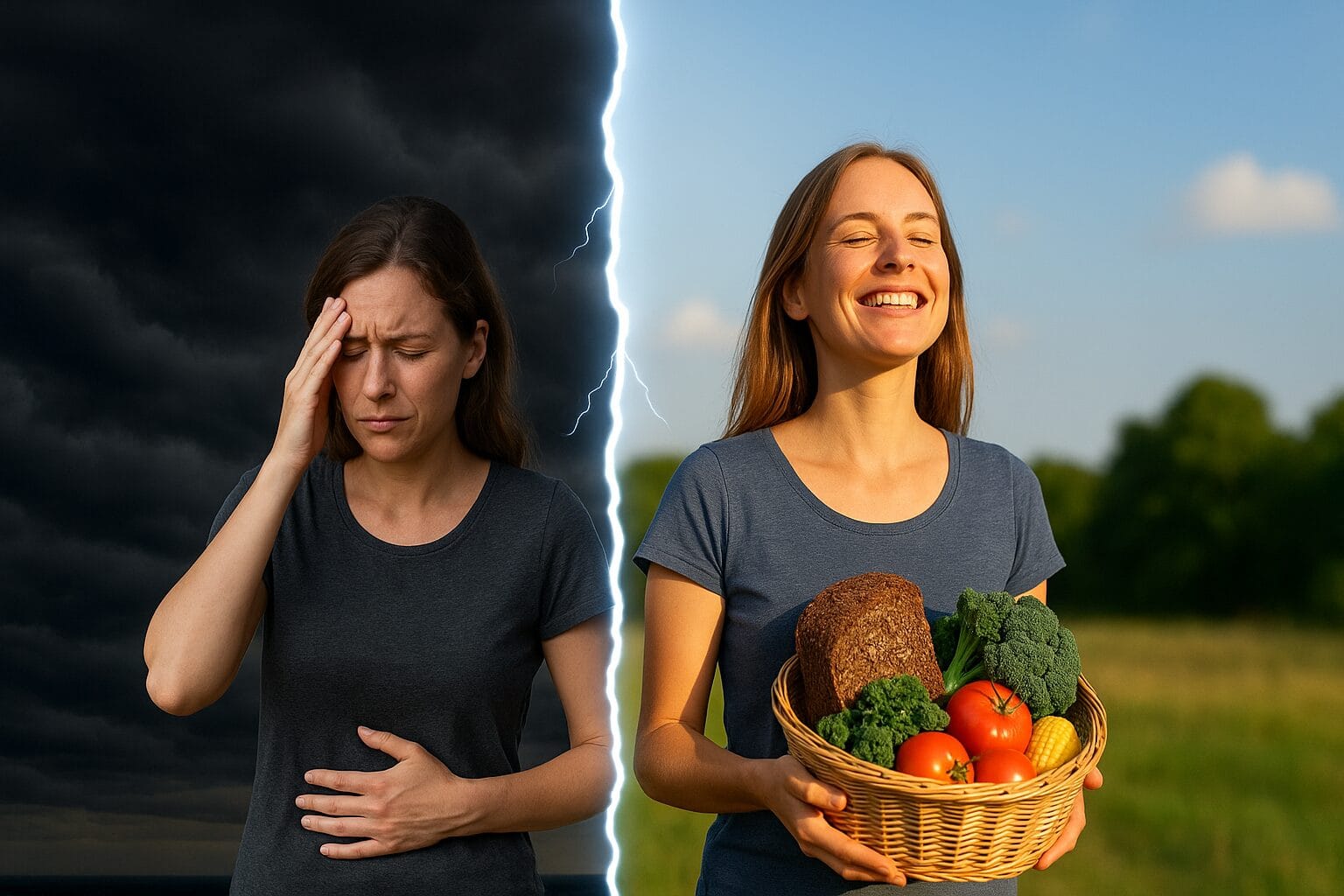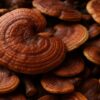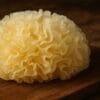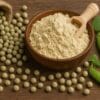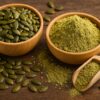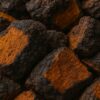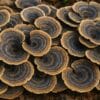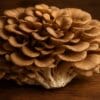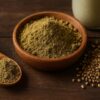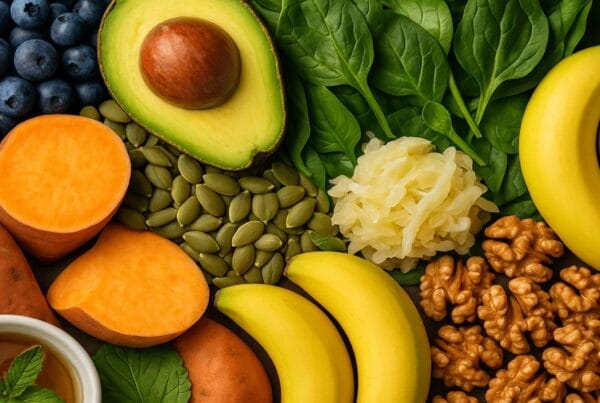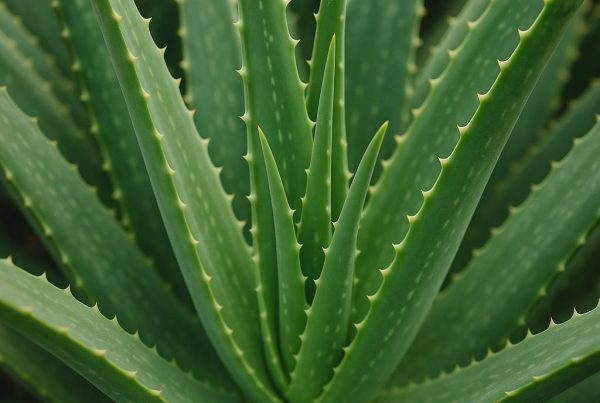Gluten is a mixture of plant proteins — mainly gliadin and glutenin — found naturally in wheat, rye, and barley. It’s the very thing that makes dough elastic, bread rise, and pasta hold its shape. Bakers love it. Our digestive tract? Not always a fan.
Interestingly, gluten doesn’t even exist in dry flour — it only forms when flour meets water and is kneaded. That’s when these proteins create a stretchy mesh — essentially, natural glue. In fact, “gluten” comes from the Latin word for glue. Now imagine that glue sticking to your gut lining like a roll of wallpaper gone wrong. Not so appetizing, is it?
Where Does Gluten Hide — and Why It’s Not Just About Bread?
Though it’s naturally found in wheat, rye, and barley, gluten sneaks into far more products than you’d expect:
- bread, rolls, cakes, pancakes, pizza
- pasta, dumplings, noodles
- breadcrumbs, crackers, pie crusts
- breakfast cereals and muesli
- soy sauce, soup powders, bouillon cubes
- flavored yogurts, processed cheeses
- supermarket sausages, pâtés, deli meats
- barley beer
- even some medications, supplements, toothpaste, and cosmetics with hydrolyzed wheat protein!
Heads up: oats don’t naturally contain gluten, but are usually contaminated during processing — so choose only certified gluten-free oats.
If your belly balloons after a “healthy” breakfast, check that label.
Was Gluten Always a Problem — Or Have We Changed?
Grains have changed. Modern wheat contains more protein, more gluten, and fewer nutrients than old varieties. Add to that:
- heavy pesticide and glyphosate use
- no fermentation — bread now rises on yeast instead of traditional sourdough
- overuse of gluten in processed foods
- damaged microbiomes and weakened immunity
So… it’s not just about gluten. It’s about how much, what kind, and how often we eat it. Instead of a single slice of bread, we eat a whole bakery — sometimes with extra cheese.
Why Go Gluten-Free (or At Least Cut Back)? 10 Powerful Reasons
1. Reduces inflammation
Gluten can damage the gut lining, triggering leaky gut syndrome and systemic inflammation.
2. Improves digestion
Bloating, gas, cramps? Many people feel relief within days of removing gluten. Sometimes, skipping pizza is all it takes to think straight again.
3. Boosts energy and mood
Less gluten = more energy and a clearer mind. Maybe it’s not Monday’s fault — maybe it’s the morning bun.
4. Calms your skin
Eczema, acne, hives? These often ease up once gluten is gone. Your skin might just start liking you again.
5. Improves sleep
Gut discomfort and inflammation can ruin your rest. Gluten-free living often means deeper sleep — and fewer midnight fridge visits.
6. Enhances nutrient absorption
A healed gut lining = better absorption of iron, magnesium, zinc, and B vitamins. That’s more health in every bite.
7. Helps with autoimmune conditions
Hashimoto’s, psoriasis, type 1 diabetes — gluten can worsen symptoms. Going gluten-free gives your immune system some peace.
8. Supports kids with ADHD and concentration issues
Studies show gluten may affect hyperactivity in children. Sometimes a better school day starts with a better breakfast.
9. Strengthens immunity
Healthy gut = strong immune system. Less illness, more vitality. And fewer boxes of tissues.
10. Teaches mindful eating
A gluten-free diet means reading labels, cooking with whole foods, and skipping the junk. Like survival school — but delicious.
What Can You Eat Instead — Is Tasty, Gluten-Free Cooking Even Possible?
Absolutely. The gluten-free world is packed with flavor. Here are the safest, most nutritious swaps:
Gluten-Free Flours and Grains:
- buckwheat flour
- chickpea flour
- coconut flour
- almond flour
- quinoa
- amaranth, teff, millet, brown rice, sorghum
Bread and Bakes:
- buckwheat seed bread with flax
- green pea pancakes
- nut crust tarts
Think it sounds hard? Remember when you didn’t know how to use a blender? And now? You whip up hummus with your eyes closed.
Can Ditching Gluten Change Your Life? What Studies Say
Even without celiac disease, going gluten-free often leads to:
- better digestion
- more energy
- improved mood and sleep
- clearer skin
- reduced inflammation
- relief from autoimmune flare-ups
- reduced ADHD and anxiety symptoms
- less leaky gut discomfort
And best of all — you don’t have to be an expert. Just start. One step at a time.
Is Gluten Hiding Where You Least Expect It?
Yes — all the time. Gluten can lurk in:
- spice blends
- medications and supplements
- sweets and ice cream
- flavored coffee
- lotions and creams
Always check the label — not just on bread. And don’t believe everything with a “fit” label. Look deeper.
Did You Know? (Global Gluten Curiosities)
- Traditional Chinese and Japanese diets are naturally low in gluten — think rice, vegetables, and fermented foods.
- In Ethiopia, injera (teff bread) is naturally gluten-free.
- The French are switching from wheat to chestnut and chickpea flours.
- Pro athletes like Novak Djokovic credit their peak performance to gluten-free diets.
- In Finland, teachers report kids concentrate better after gluten-free oatmeal.
Want to Try It? Start with a Simple Shift
Begin your day with millet porridge and fruit. Swap your bread for a buckwheat slice. Try chickpea pancakes for lunch. Your gut (and brain) may thank you sooner than you think.
You don’t have to toss everything in your pantry. Just say: “Let’s see what happens.”
